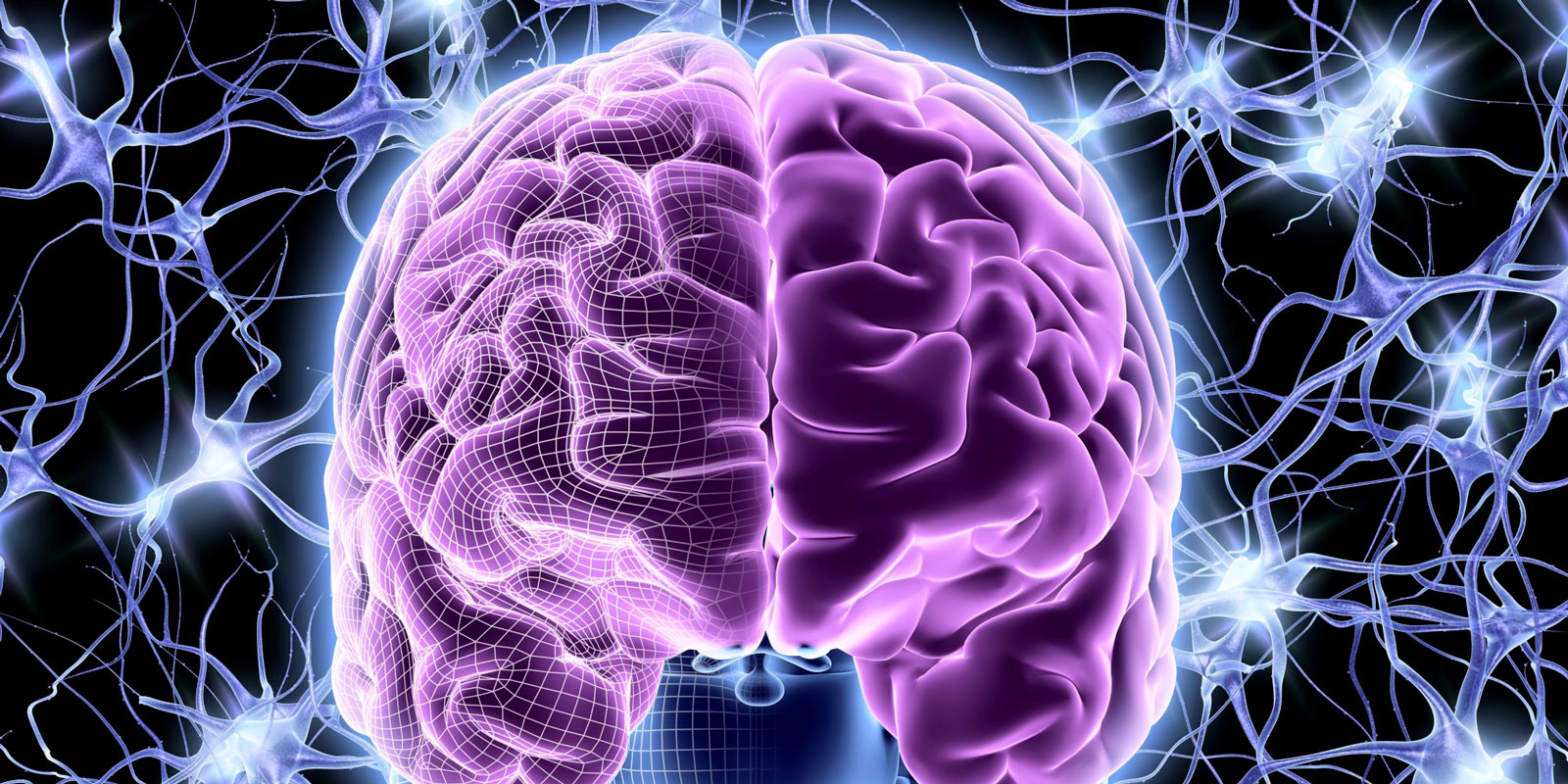Breakthrough noninvasive technology transforms mental intention into precise robotic action without surgical intervention
A groundbreaking fusion of noninvasive brain technology and artificial intelligence has achieved what was once confined to science fiction: the ability to control a robotic hand through pure thought. This revolutionary advancement eliminates the traditional reliance on muscle movement, instead enabling individuals to manipulate robotic digits simply by mentally visualizing finger movements.
The most remarkable aspect of this breakthrough lies in its accessibility—no surgical procedures are required to establish the brain-machine connection.
The Science Behind Mind-Machine Communication
The technology operates through an elegant yet sophisticated process. A network of specialized sensors positioned strategically on the scalp captures neural signals generated by the brain’s electrical activity. These bioelectric patterns are then transmitted to a computer system where advanced algorithms interpret the mental commands and translate them into precise robotic movements.
This approach represents a paradigm shift in assistive technology, offering a safe and accessible pathway for individuals with motor impairments or those undergoing rehabilitation following injuries to regain functional control over their environment.
Carnegie Mellon’s Pioneering Research Achievement
Researchers at Carnegie Mellon University have achieved remarkable progress in noninvasive brain-computer interface technology. Their innovative approach utilizes electroencephalography (EEG) to capture the brain’s electrical signatures when participants mentally simulate finger movements. Sophisticated artificial intelligence algorithms, specifically advanced deep learning systems, then decode these neural patterns and transform them into actionable commands for robotic manipulation.
The study’s results demonstrate impressive capabilities: participants successfully controlled two robotic fingers simultaneously, and remarkably, some achieved coordinated movement of three fingers concurrently—all through mental visualization alone. The system demonstrated exceptional performance with over 80 percent accuracy for dual-finger operations and maintained over 60 percent precision for the more complex three-finger tasks. Most significantly, these achievements occurred in real-time, enabling natural and responsive control.
Overcoming the Challenge of Individual Finger Control
Achieving independent control over individual robotic fingers represents one of the most formidable challenges in brain-computer interface development. The neuroanatomical regions responsible for finger movement occupy relatively small areas within the motor cortex, and their neural signatures frequently overlap, creating significant difficulty in distinguishing between different intended movements.
However, recent advances in noninvasive brain technology combined with sophisticated deep learning methodologies have enabled researchers to detect and interpret these subtle neurological distinctions with remarkable precision.
The research team employed a specialized neural network architecture called EEGNet, which they meticulously customized for each individual participant. This personalized approach resulted in smooth, intuitive control of robotic fingers that closely mimicked the natural mechanics of human hand movement.
Transformative Impact for Individuals with Motor Limitations
For individuals experiencing limited hand function, even incremental improvements in assistive technology can dramatically enhance quality of life and independence. The noninvasive nature of this brain-computer interface eliminates surgical risks and complications, as the entire system operates externally and requires minimal technical expertise to operate.
Additionally, this technology provides remarkably natural and intuitive control mechanisms. Users can manipulate robotic hands simply by mentally rehearsing the corresponding finger movements they wish to execute, creating a seamless bridge between intention and action.
Broad Accessibility and Real-World Applications
The accessibility of noninvasive brain technology extends its potential applications far beyond specialized medical facilities. The system’s portability and ease of use make it suitable for deployment in clinical settings, private homes, and various community environments, opening possibilities for a diverse range of users.
This versatility enables participation in fundamental daily activities that many take for granted—typing on keyboards, manipulating small objects, or performing precise manual tasks that might otherwise prove difficult or impossible. The technology offers particular promise for stroke survivors rebuilding motor function and individuals with spinal cord injuries seeking enhanced independence.
Beyond medical applications, the technology also presents opportunities for human augmentation, potentially benefiting anyone interested in expanding their manipulative capabilities or exploring new forms of human-machine interaction.
Future Horizons and Ongoing Challenges
While these achievements represent significant progress, several challenges remain before widespread adoption becomes feasible. Noninvasive brain technology requires continued refinement in signal processing to better filter environmental noise and adapt to individual neurological variations. Each person’s brain generates unique patterns, necessitating sophisticated calibration and personalization protocols.
Nevertheless, ongoing advances in deep learning algorithms and sensor technology continue to enhance system reliability and user-friendliness. Research teams are actively working to expand the technology’s capabilities for increasingly complex manipulative tasks and multi-modal control scenarios.
As these developments progress, assistive robotics may soon transition from specialized laboratory environments to routine presence in homes, workplaces, and community settings.
The Broader Implications of Thought-Controlled Technology
This breakthrough in noninvasive brain-computer interface technology represents more than just a technical achievement—it embodies a fundamental shift in how humans might interact with their technological environment. The ability to seamlessly translate mental intention into physical action through robotic intermediaries opens entirely new paradigms for human capability and independence.
As researchers continue refining these systems, the implications extend far beyond assistive applications. The technology may eventually enable new forms of creative expression, professional capabilities, and human-machine collaboration that we are only beginning to imagine.
Key Insights and Future Outlook
Noninvasive brain technology is rapidly advancing toward practical applications that were previously considered impossible. The prospect of controlling robotic hands through thought alone represents a significant step toward enhanced independence and improved quality of life for countless individuals facing motor challenges.
As researchers persist in optimizing these systems, we stand on the threshold of a new era in human-machine interaction that could fundamentally transform how we engage with and manipulate our physical environment. The convergence of neuroscience, artificial intelligence, and robotics is creating unprecedented opportunities for human empowerment and technological integration.
Author: AI
Published: July 11, 2025 5:00am EDT
